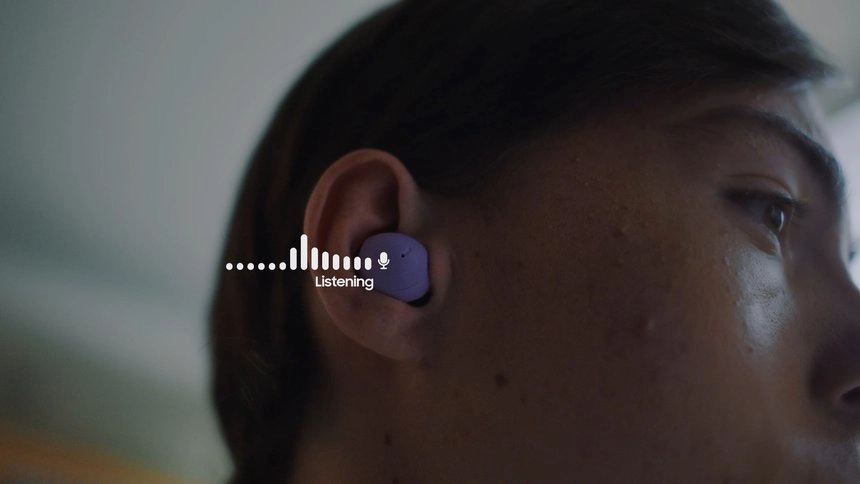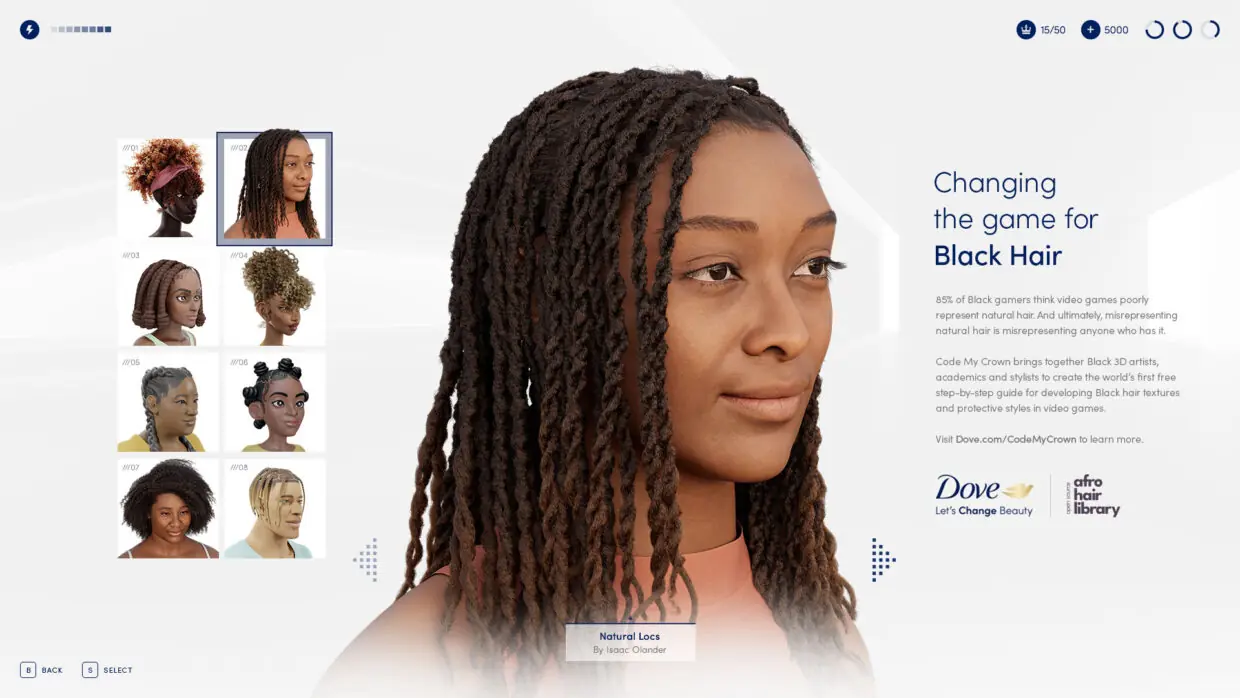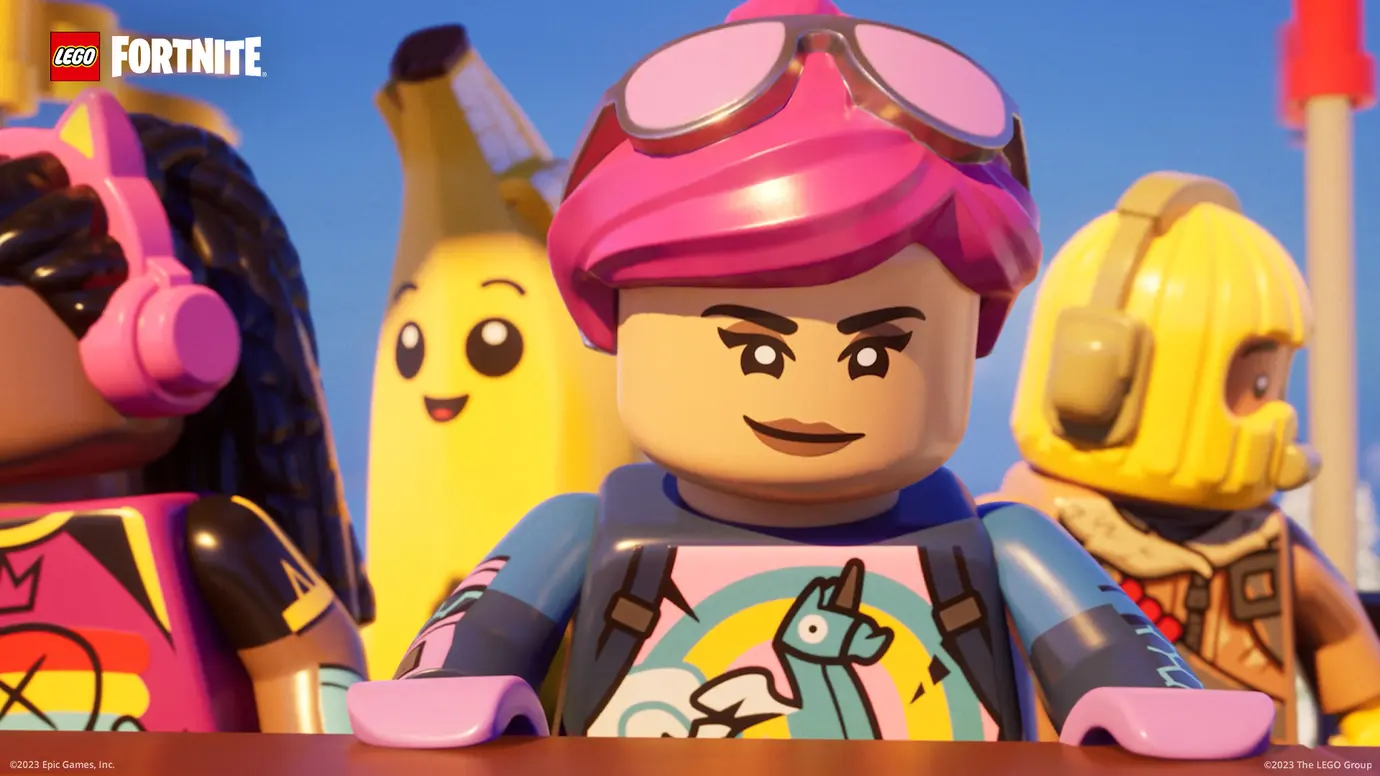Get a designed PDF copy of Marketing Trends 2024
If you don’t have the time to read this article now, you can download the PDF version of Marketing Trends 2024 for free by clicking below. Otherwise, just keep reading.

For the past three years running, brands have been living on borrowed goodwill. They have been happily jumping onto every bandwagon without thinking more deeply than showcasing their innovative thinking.
Consumers don’t want just innovation. Consumers want action. Consumers want the brands they follow to speak up for them. Consumers – especially the younger generation, the ones that have yet to settle their loyalties with one brand – know that their purchasing power has a way of changing the status quo, and aren’t afraid to wield it.
In 2024, businesses are practically the only trusted institution remaining. Governments, NGOs, and media entities are all lagging behind. Their ability to influence their audiences, their equity, and the power of their voice is all eroding underneath the faster-paced, louder business presence.
But this doesn’t mean it’s going to stay that way.
And marketing in 2024 will mean very little unless this is understood very clearly by the brands doing the marketing.
This is not a year where you can please both sides. This is a year where brands have to make a decision on which consumers they want to speak to – and to consistently speak to them thereafter.
And they can do that by speaking where consumers will hear them.

A snapshot of 2023:
Marketing grows more complicated every year that passes.
There’s new technology to use. There are new audiences to speak to. There are new voices added to an already crowded fray. Every campaign has to be better than the ones of the year before. Every campaign has to cut through the noise of what’s happening outside the little slices of the world that brands live in.
And 2023 had a lot of noise. The world is in crisis, and has been for a while – wars, recessions, climate crisis, growing dissatisfaction, protests on protests. 2024 will not see things get better immediately (and could possibly see things getting worse) – but as we said in our Consumer Macro Trends blog, there is light at the end of the tunnel for marketers.
Brands just need to put in a little more work to make sure they’re on the right side of the conversation.

Marketing trends in 2024: innovation, escalation, personalisation
Barriers between consumers are shrinking – and something that happens halfway around the world will be heard everywhere in a matter of seconds.
But it isn’t just for bad news. Brands that do good – or at least their best to do good – will find that their accolades are shouted about in markets that they might not have previously considered – and the old method of communicating with their consumers based on their basic demographics is proving itself to be lacking when it comes to this generation of consumers.
In 2024, brands aren’t speaking to audiences that are bound by causes, by opinions, by the way that they see things in the world, by the technology that they use, by a deep and understated need to find themselves in marketing.
It means better conversations, deeper analysis of those audiences, and best of all, the room to let creativity go wild.
It means innovation, escalation, and personalisation.

Trend 1: Innovation
- Short-form video has the highest ROI of all marketing ventures.
- 79% of consumers want to use AR before buying a product.
- 65% of all internet traffic is conducted via mobile
We live in an age of unmatched connection. Everything, from customer service to entertainment, is available immediately and in its full scope.
Consumers no longer like to wait. As new technology is dreamed of, finding consumers who are willing to wait for your brand to keep up with current events is harder and harder – so, as they say, if you can’t beat them, join them.
But it’s not just a case of having a website.
There are technologies available today that make your brand experience an experience. Whether it’s using AR to showcase your products in real time, or hopping onto the latest social media trend in video, you can’t avoid beating technology, so you might as well join it.
In 2023, the metaverse was all the rage. This isn’t the case in 2024, but we’re seeing fringe technologies like AR and VR command attention.
It isn’t really about the tech.
For consumers, it’s about the brand; it’s about knowing what product or service they’re buying is actually what they want. Globally, the real value of wages is down. Globally, there is a sense of being out of control, and being unable to fix the big, glaring issues that affect most of society. Something that takes them out of that state of thinking – even if it’s only a little thing – will make waves.

Case study
Hand in hand with ten leading ASD associations and over 100 patients, Samsung released a free app called ‘Unfear’ that pairs with their Galaxy earbuds to help people with auditory sensitivities live their lives freely. The app, which is AI-enabled, blocks distressing noises and plays sounds to cover the noises that distress that user in particular – and suppresses what it can’t block.

Trend 2: Escalation – deeper communication fostered
- 40% of marketers see controversy as inevitable.
- The increase of over 2.3 million US citizens as cross-border buyers precipitates greater cross-border and no-border purchases in 2024.
- 76% of consumers are using social media as a search engine.
If you’re marketing in 2024, you’re marketing to the entire world – both the good and the bad.
Brands have been slowly, inexorably going global since the creation of the internet, but it was after COVID-19 that globalisation really peaked. On the one hand, it’s an excellent opportunity to court the kind of audience that might be difficult to find locally; on the other, it means that your conversations are subject to a lot more scrutiny than they might have been initially.
Coupled with an audience that has become increasingly stratified and a worldwide obsession with black-and-white thinking, brands have to dig deeper to make the kind of conversational connections that they used to – and that’s not taking into account the moments when those conversations go wrong.
This isn’t bad for brand. In fact, it’s the exact opposite. Consumers like this care deeply about a company – so deeply that they see brands as extensions of themselves, extensions of how they think about the world, extensions that they can proudly champion.
While it means that brands need to be more careful about what they say, and craft their narrative to fall on the side of the conversation they want to be on, audiences today are smart and dedicated to the companies that they want to see thrive. For brands, it’s an easy win, and a hard road to get there.
This doesn’t mean that brands will always be in the right. Controversy is part of the brand experience for 2024, and no amount of hedging your bets is going to help you avoid that.
If you find a position you’re willing to stand by, stand by it. If you find an argument you want to make, make it. If you think that an issue has no place for you to communicate in, stay quiet, and communicate about an issue you can talk about.
Brands cannot afford to stay silent.
What does this mean for you and your business?
You have to pick a side, and you have to talk. Controversy is unavoidable – that isn’t a bad thing. There will always be an audience that will see the side of things that you see, so if you’re happy to continue to communicate with that audience, then do so. If you’re not, you need to communicate with the audience that you are happy to talk to.
Staying silent, pleasing both sides, and simply walking back any controversial statement has diminishing returns. It’s time for your brand personality to take the centre stage.

Case study
Ahead of the release of Scream VI, QYOU created a series of interactive content campaigns that played out across social media in order to draw the interest of both new and existing fans of the franchise. They employed over 16 creators in four different campaigns that culminated in 17.5M views, 1.9M engagement, and an overall click-thru rate nearly 3x the platform’s benchmark.

Trend 3: Personalisation – the individual, not the audience
- 56% of consumers state they will become repeat buyers after a highly personalised experience.
- 92% of businesses will be investing in AI to create better personalised experiences.
- 62% of consumers will move away from a brand if it does not provide personalised recommendations.
The amount of data brands have at their disposal is staggering – so it isn’t surprising that consumers expect more from their experiences with brands than what they currently get. Add in the lingering effects of the post-pandemic chaos, and the fact that there is simply too much choice for consumers to make, and you have a perfect storm of consumers that both expect a personalised experience from brands, while maintaining a modicum of privacy and rigidly aware of the minor factors that can make or break a successful brand interaction.
Think of cookies.
Cookies offer that very personalisation by knowing you: knowing what you browse, knowing what you buy, knowing where you go when you want to read something or spend some time on the internet. However, as a result of the changing legal requirements around consumer data privacy – pushed into law by the same consumers who thrive on personalised shopping approaches – third party cookies are on their way out.
Consumers have an overabundance of choice available to them, and there are few brands who will be able to withstand an audience deciding to switch. As consumers more heavily consider brands as an extension of their own selves, they expect to see a reflection of what they find interesting in the brand selection process to start with, and for brands to know them as well as all that collected data suggests.

Case study
Dove teamed up with Open Source Afro Hair Library and Edelman to launch the ‘Code My Crown’ campaign, a free to use guide that teaches young gamers and developers how to code natural and protective hairstyles in video games. The guide follows on from Dove’s previous efforts to end race-based hair discrimination in workplaces and schools and champion a real change in the world for the individual.
What does this mean for you and your business?
You probably already have data on your consumers. Now it’s time to dig deeper into it, and find the aspects of that data that you can use to show your business knows its audience as well as they know themselves.
This means occasionally leaning into efforts that might not result in immediate return, but can build your brand’s efforts to stand out, to speak for its consumers, and to create a real, lasting change.

Trend 4: Fandometrics
- 83% of consumers admit that tie-ins influence purchase decisions.
- 61% of fans enjoy seeing brands create content that relates to their fandom, provided that they make an effort to understand it.
- 95% of 2023 content was part of a franchise.
Fandom has come a long way from being a movement on the fringe edges of awareness; it’s now something that dictates a significant portion of the entertainment industry, and spills over into several others. Brands that partner up with fandoms tend to see a surge of interest in their products, and as 2024 rolls on, the power of the fandom is even more pronounced.
Tie-ins, brand deals, limited edition offerings: these are all excellent ways to build a conversation with a powerful segment of modern audiences, however it comes with its own pitfalls. Fandom is particularly finicky about how brands communicate to them, and it is likely that any attempt to speak to a fandom by prioritising the brand over the fandom will not be met well.
Figure out a happy in-between, though, and it’s an excellent way to start an organic conversation with your audience that has a lot of opportunity to keep growing. What it does mean is investing some time into understanding these audience segments – and making sure that they feel listened to.

Case study
LEGO has recently unveiled their kid-friendly metaverse, a multiplayer crafting-based spin-off of Fortnite, one of the most popular games for the segment they are targeting with over 400 million registered users and around 80 million active players per month. This continues on from Lego’s increasing attempts to digitise their offerings, following their online loyalty program launch, Lego Insiders, this past August.
What does this mean for you and your business?
Fandom is powerful, and fandom can make you money – but if you’re going to wade into this facet of marketing, you need to know the fandom you’re speaking with will almost certainly be split into factions, and that pleasing all of them is going to be difficult. However, this doesn’t mean you should avoid it: not at all. Study the way other brands interact with fandoms. At the end of the day, this is another conversation, another tie you can build with your consumers, another form of data that you can use – and done well, it has immense potential for lasting brand relationships.

And in the end…
Business has come a long way since 2020. What started as an upheaval due to COVID-19 has become a completely new way of doing business – and, as a result, a new way of marketing.
This would be the part where we say there’s no wrong way to market.
It would be a lie.
It has become increasingly obvious that the way marketing works has changed, and both marketers and brands have to walk a fine line. Partially due to brands’ easy access to a near never-ending audience, partially due to the fact that that same audience is tired of being marketed to, marketing is no longer as effective as it used to be, and more thought has to go into the messages being relayed to consumers.
This means understanding those consumers, and also understanding that there is a limit to the amount of marketing messages that those consumers will absorb, much less listen to.
But this isn’t new. This is the continuation of something that started before now, with a deepening pattern of globalisation and audiences that are inundated with a barrage of information at all times.
It isn’t hopeless. Most brands can easily pivot into communicating in ways that matter.
But it takes time, and it takes understanding your audience – and how it changes from one year to the next.
If you struggle with that, and you need some extra advice, we can help you.






